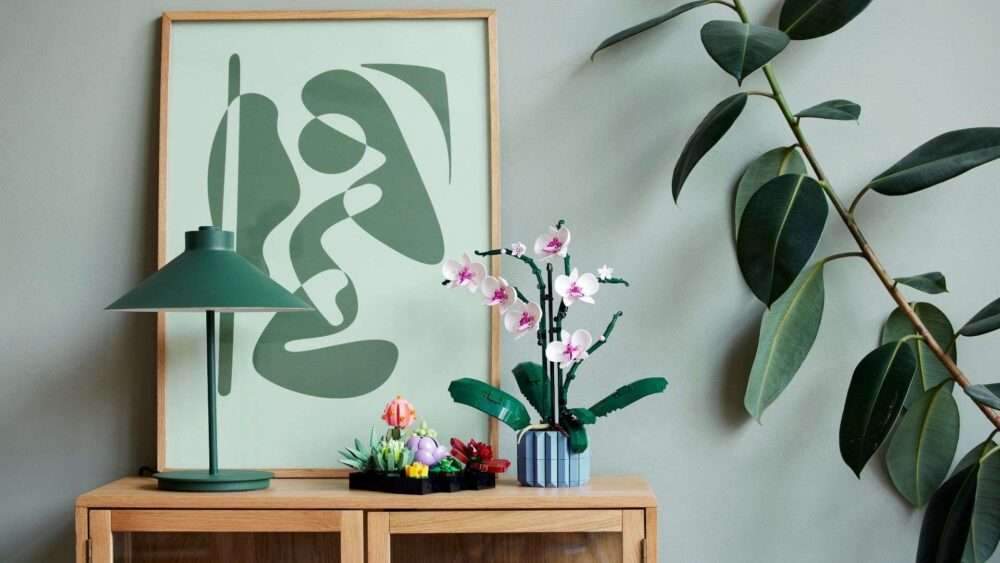The architectural heritage of Al-Ahsa, a region renowned for its lush oasis and historical depth within the Eastern Province of Saudi Arabia, offers a rich palette of traditional elements ripe for integration into modern architecture. This exploration focuses on how the traditional building materials and techniques—such as mud walls, palm fronds, and arches—can be seamlessly woven into contemporary designs, enriching them with cultural significance while promoting sustainability and efficiency.
Mud Walls: Sustainability Meets Tradition
Mud walls, a hallmark of Al-Ahsa’s architecture, have been a sustainable building solution for centuries, perfectly suited to the hot and arid climate of the region. Utilizing mud as a primary construction material offers exceptional thermal mass, reducing cooling needs and energy consumption in buildings. In modern architecture, integrating mud walls not only pays homage to the region’s architectural heritage but also aligns with global sustainability goals. Contemporary projects can incorporate mud bricks with innovative construction techniques to enhance durability and adaptability to various designs.
Palm Fronds: A Versatile and Eco-friendly Material
Palm fronds, traditionally used in roofing and making arish (palm leaf structures), present another sustainable element from Al-Ahsa’s architectural vocabulary. These materials offer natural insulation and ventilation, contributing to energy-efficient building designs. Modern applications could extend to using palm fronds in decorative elements, landscape features, and sustainable roofing solutions that reflect the region’s identity while emphasizing eco-friendliness.
Traditional Arches: Blending Aesthetics and Structural Innovation
The arches of Al-Ahsa, embodying the region’s Islamic architectural influences, offer both aesthetic beauty and structural benefits. Modern interpretations of these arches can serve various functions, from enhancing façade designs to supporting innovative structural systems. Incorporating traditional arches into contemporary buildings not only enriches the visual appeal but also creates a dialogue between the past and present architectural practices.
Implementation and Challenges
Integrating these traditional elements into modern architecture requires a deep understanding of their cultural significance and technical properties. Architects and designers must navigate challenges such as material durability, modern building standards, and the integration of contemporary technology with traditional techniques. Successful projects will balance these considerations, showcasing how traditional Al-Ahsa elements can contribute to innovative, sustainable, and culturally resonant architecture.
Conclusion
The integration of traditional Al-Ahsa architectural elements into modern designs represents a bridge between the region’s rich heritage and contemporary architectural innovation. By embracing mud walls, palm fronds, and arches, modern architecture can achieve sustainability, efficiency, and a deepened sense of place, demonstrating that the future of architecture can indeed grow from the roots of its past.
image source: Saudi Tourism Authority
Finally, find out more on ArchUp:







